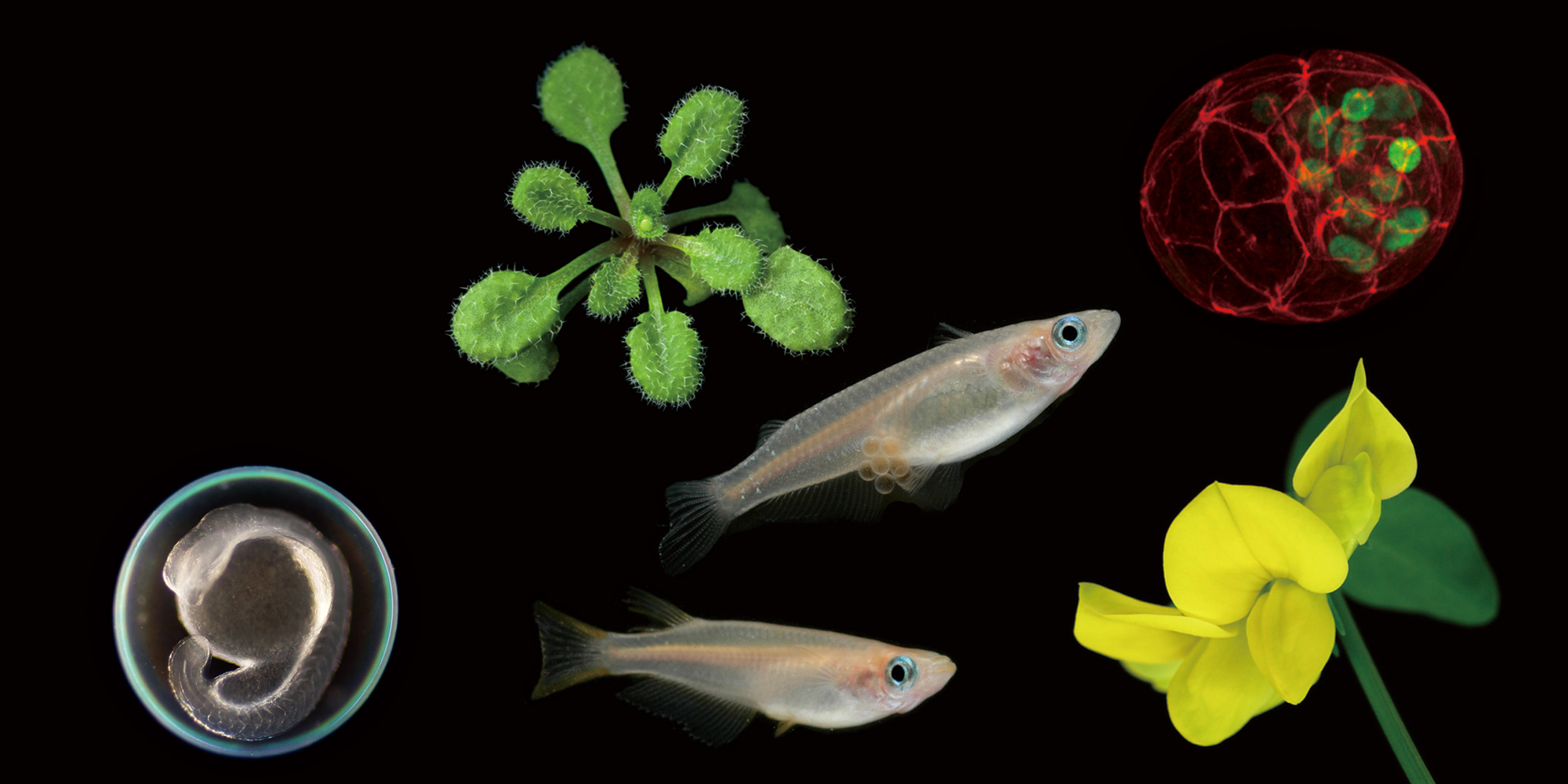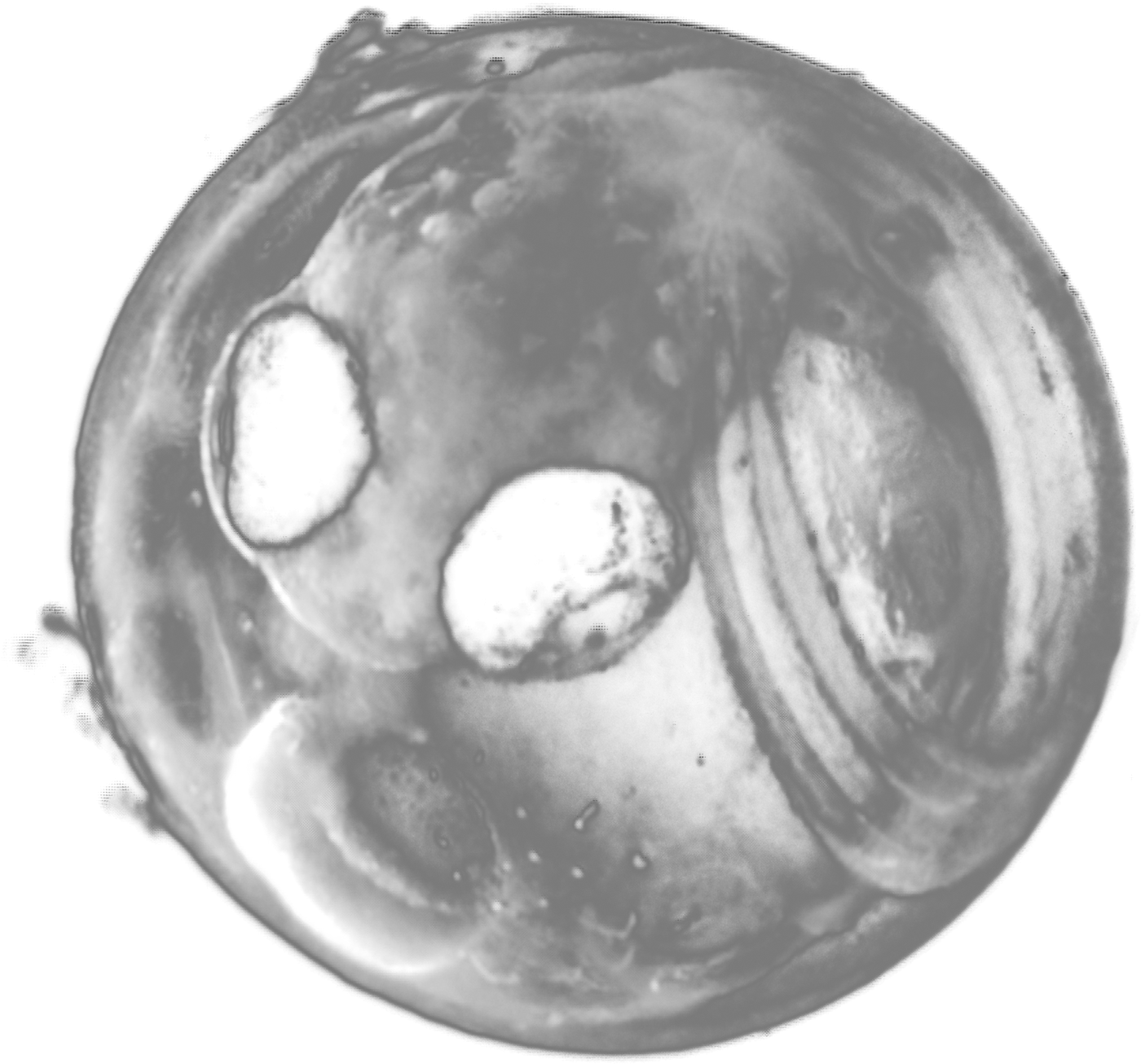2007.09.11 部門公開セミナー
PEX10 - an E3 ubiquitin ligase, required for peroxisomal protein import and PEX5/PEX7 release from the membrane in Arabidopsis thaliana.
Ms. Laura-Anne Brown (Centre for Plant Sciences, University of Leeds, England)
2007年09月11日(火) 15:00
基生研第2会議室(151・152)
高次細胞機構研究部門 西村 幹夫 内線7500
Peroxisomes are involved in many important functions in plants including seed reserve mobilisation, photorespiration, defence against oxidative stress, and auxin and jasmonate signalling. The various steps in peroxisome biogenesis require the function of peroxin (PEX) proteins and PEX10 is an RING finger-containing integral membrane
protein, involved in the import of matrix proteins, although mechanistic detail into its function has been lacking.
Here we show that PEX10 in Arabidopsis possesses E3 ubiquitin ligase activity within its RING-finger domain, which is impaired when the RING-finger is mutated. Over-expression of the mutant RING-finger causes a defect in matrix protein import by the peroxisomal targeting signal 1 (PTS1) pathway, and results in retention of the cycling import receptors, PEX5 and PEX7, within the membrane fraction. Using an RNAi approach we show that PEX10 is dependent upon the peroxisome membrane receptor/chaperone protein PEX19 for delivery to peroxisomes. Both pex10i and pex19i mutants have impaired germination and growth, which is only partially rescued by sucrose. This phenotype is consistent with defects in multiple peroxisome functions. PEX10 is most highly expressed in developing flowers and plants deficient in PEX10 or expressing the mutant RING protein have a novel floral phenotype.
Therefore, we propose that the ubiquitin ligase activity of PEX10 is required for peroxisomal protein import via the recycling of the import receptors, which impacts on plant development as a result of deficiencies in multiple peroxisome functions.







